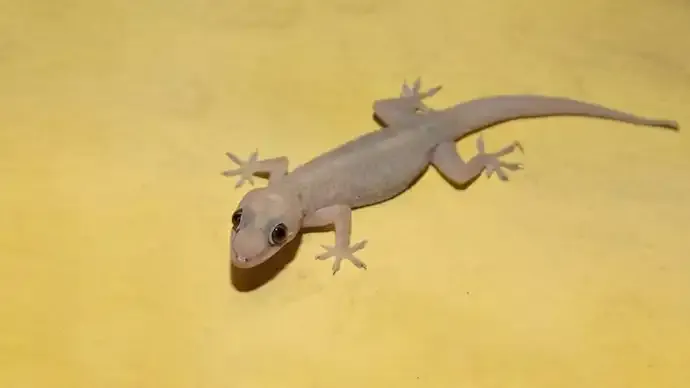Shopping cart
Your cart empty!
Terms of use dolor sit amet consectetur, adipisicing elit. Recusandae provident ullam aperiam quo ad non corrupti sit vel quam repellat ipsa quod sed, repellendus adipisci, ducimus ea modi odio assumenda.
Lorem ipsum dolor sit amet consectetur adipisicing elit. Sequi, cum esse possimus officiis amet ea voluptatibus libero! Dolorum assumenda esse, deserunt ipsum ad iusto! Praesentium error nobis tenetur at, quis nostrum facere excepturi architecto totam.
Lorem ipsum dolor sit amet consectetur adipisicing elit. Inventore, soluta alias eaque modi ipsum sint iusto fugiat vero velit rerum.
Sequi, cum esse possimus officiis amet ea voluptatibus libero! Dolorum assumenda esse, deserunt ipsum ad iusto! Praesentium error nobis tenetur at, quis nostrum facere excepturi architecto totam.
Lorem ipsum dolor sit amet consectetur adipisicing elit. Inventore, soluta alias eaque modi ipsum sint iusto fugiat vero velit rerum.
Dolor sit amet consectetur adipisicing elit. Sequi, cum esse possimus officiis amet ea voluptatibus libero! Dolorum assumenda esse, deserunt ipsum ad iusto! Praesentium error nobis tenetur at, quis nostrum facere excepturi architecto totam.
Lorem ipsum dolor sit amet consectetur adipisicing elit. Inventore, soluta alias eaque modi ipsum sint iusto fugiat vero velit rerum.
Sit amet consectetur adipisicing elit. Sequi, cum esse possimus officiis amet ea voluptatibus libero! Dolorum assumenda esse, deserunt ipsum ad iusto! Praesentium error nobis tenetur at, quis nostrum facere excepturi architecto totam.
Lorem ipsum dolor sit amet consectetur adipisicing elit. Inventore, soluta alias eaque modi ipsum sint iusto fugiat vero velit rerum.
Do you agree to our terms? Sign up

For many, lizards are harmless yet unsettling houseguests — creatures that thrive in the warmth of our walls and gardens. But what if there were places where you’d never see one? Surprisingly, several parts of the world are completely free of lizards and other reptiles, thanks to their extreme climates and geographical isolation.
At the top of the world, Greenland stands as the most prominent reptile-free region on Earth. This Arctic island’s frigid climate — where temperatures remain below freezing for much of the year — creates an environment incompatible with cold-blooded animals. Reptiles rely on external warmth to regulate body temperature, but in Greenland’s icy wilderness, survival would be impossible. No lizards, snakes, or frogs exist here — just resilient species like polar bears, seals, and Arctic foxes.
Though Iceland is known for its geothermal wonders and volcanic energy, its overall subarctic climate makes it equally hostile to reptiles. Despite its volcanic heat pockets, the island’s average temperatures and long winters prevent lizards and amphibians from establishing any population. Instead, Iceland’s wildlife includes hardy birds, Arctic foxes, and marine species that thrive in cold conditions.
After the last Ice Age, Ireland became separated from mainland Europe by rising sea levels — before reptiles had a chance to migrate there. As a result, the country has remained largely reptile-free. Only the common lizard (Zootoca vivipara) survives there today, and even that species is rarely seen. Ireland’s rich mythology even features legends explaining its near-total absence of snakes and reptiles.
The world’s southernmost continent, Antarctica, is the most extreme environment on the planet — cold, dry, and windswept. With temperatures plunging below -60°C, reptiles and amphibians simply cannot survive. The land is instead home to penguins, seals, whales, and microbial life, each uniquely adapted to this frozen world.
Although New Zealand is often thought to have no lizards, it houses the tuatara, an ancient reptile species that looks like one but is not. Tuataras belong to a lineage that split from lizards and snakes over 200 million years ago. Their survival makes New Zealand an evolutionary sanctuary — a glimpse into prehistoric life.
From Greenland’s icy tundras to Antarctica’s frozen deserts, these rare regions prove how dramatically climate shapes life. In the battle between heat and cold, the lizard — nature’s sun-lover — finds no refuge here. These lands of eternal frost remind us that nature defines its boundaries with precision, leaving no room for the warm-blooded dreams of cold-blooded creatures.
#allindiastory
9
Published: Nov 10, 2025